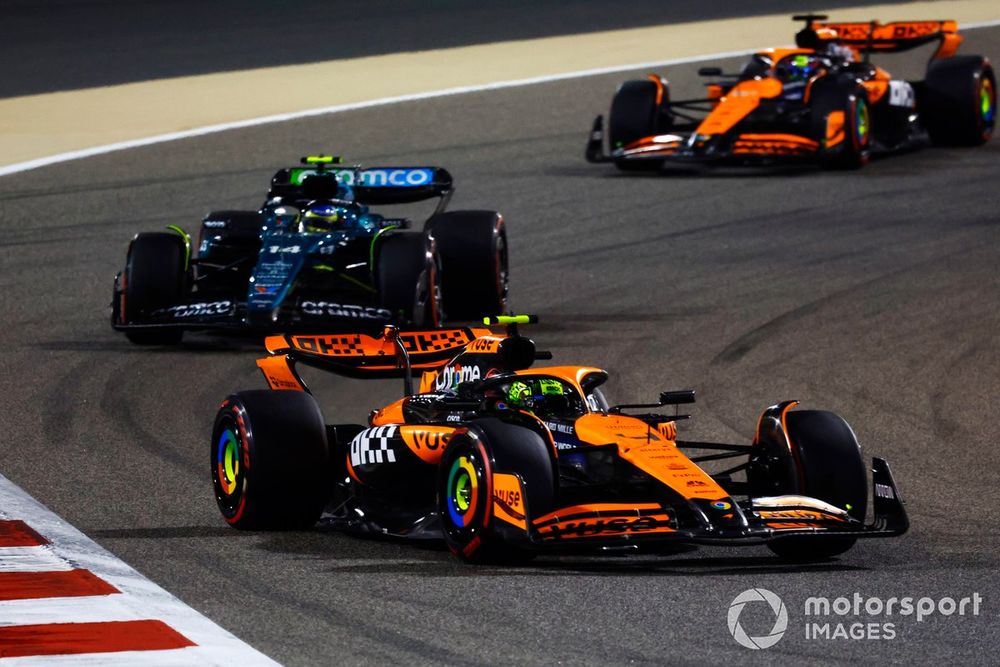The phenomenon of boiling, twisting vortices being generated by winged F1 machines has been an issue through the generations.
But in the championship’s moves to improve its entertainment spectacle, particularly over the last 20 years or so, the desire to clean-up outwash airflow generated by cars to allow following drivers to stay close behind a rival and not slide in the unstable air buffeting their own machines has regularly been cited.
The move to ground-effect rules for the current era, with airflow sent higher and wider by such designs plus the desired slashed reduction of the outwash effect through simplified front wings, had a clear target of eliminating as much dirty air as possible as the cars traversed corners to improve racing.
The initial feedback from the drivers was generally positive on this factor, with the feeling the airflow from following another new ground-effect car reduced the unpredictable handling snaps that meant a chasing driver struggled to make ground.
In broad strokes terms, it was felt that rather than losing 50% of their downforce in such snaps when running one car length back from a rival, this was reduced to losing approximately 20% in 2022 before team aerodynamic developments – particularly around the front wing endplates and brake ducts – meant the downforce ‘loss’ rose back to around 35% in 2023.
But after the 2024 season opener in Bahrain, the start of the third year of development for the current car generation, the topic of dirty air and drivers perhaps struggling to follow as they had done in the last two years surfaced once again.
Lando Norris, McLaren MCL38
Photo by: Sam Bloxham / Motorsport Images
The suggestion was that it has become even harder in 2024.
“The pace [with Mercedes] was so similar that as soon as I got into the dirty air, I didn’t have enough of an advantage to have a chance to overtake or even get within DRS,” said McLaren’s Lando Norris.
His team principal, Andrea Stella, suggested his charge’s struggles had more to do with McLaren lacking grip compared to George Russell’s Mercedes, but did wonder if “over the season whether there’s this trait, where with the improvement of the cars, then the dirty air becomes a factor which actually makes overtaking more difficult”.
Ahead of this weekend’s Saudi Arabian round, Autosport canvased opinion from the F1 driving corps on this topic.
Sauber’s Zhou Guanyu said: “I really agree with…
Click Here to Read the Full Original Article at Autosport.com – Formula 1 – Stories…

